How to Appear in Instagram Suggestions — Or Stop Being Suggested (And Keep Kids Safe)
If you're trying to get your own profile out there or making sure your child's account stays under the radar, understanding how Instagram suggestions work puts you in control.
This guide shows you both sides. How to make Instagram notice you when you want more reach, and how to shut the door when privacy matters more. Plus, what parents can do to keep kids from landing in the wrong recommendations.
6 Easy Steps to Increase the Chances of Being Suggested on Instagram
Let's say you just opened an account for your baking obsession and you'd love fellow croissant nerds to stumble upon it. Well, good news: Instagram has a built-in way of connecting you with people who might actually care about what you're cooking.
Here are six simple habits you can start this week to boost the odds of your profile landing in their suggestions.
1 Make Your Profile Clear and Honest (Searchable)

Your profile is the first clue Instagram uses to figure out who to suggest you to. If your username, bio, and photo are vague or confusing, the algorithm has no idea where to place you. Instead, here's what you should do with your profile:
- Username: Stick to something simple and searchable without complicated wordplay or characters. If your name is taken, add a relevant keyword (e.g., @alex.photography instead of @xX_shutter_master_Xx).
- Name field: This is searchable too, so use keywords people might type. Example: instead of just "Sarah," try "Sarah | Yoga & Wellness."
- Bio: Be short, clear, and specific. You've only got 150 characters, so say what you post. A good bio acts like a mini-advertisement for your content.
- Example 1: "Weekend baker sharing easy bread recipes 🍞"
- Example 2: "Daily dog walks, training tips, and too many puppy pics 🐾"
- Profile picture: Choose something recognizable. Faces usually perform better because they're easier to remember, but if you're a brand, use a clean logo.
Extra tip: Avoid stuffing random hashtags or emojis just to look "cool." They don't help with search or suggestions, and they can make your profile harder to read.
2 Stick to 1–2 Clear Themes (So the Algorithm and People Can Recognize You)

If one day you're posting latte art, the next it's car repair, and then suddenly your cousin's wedding dance… Instagram won't know who to recommend you to. Luckily, you can avoid that by keeping these simple tips in mind:
- Pick 1–2 themes: These are the main topics you'll post about most of the time. For example, if you love fitness and nutrition, share workouts, healthy meals, and progress updates. If your thing is travel and photography, post location shots, travel tips, and behind-the-scenes gear setups.
- Be consistent: Around 70–80% of your posts should fall under these themes. The other 20–30% can be personal or off-topic, so your feed doesn't feel robotic.
- Make it obvious: Use captions, hashtags, and even highlights that match your themes so Instagram (and people) instantly know what you're about.
Instagram groups you with others in the same niche (so if you're a baker, your profile might pop up when someone follows another baker). Posting themed content also helps new visitors to your page to quickly understand what it's about.
If you really want to post random personal stuff, consider using Close Friends stories or a private account just for friends. That way, your main account stays focused.
3 Be Friendly and Visible — Strategic, Genuine Engagement (The Single Most Effective Action)
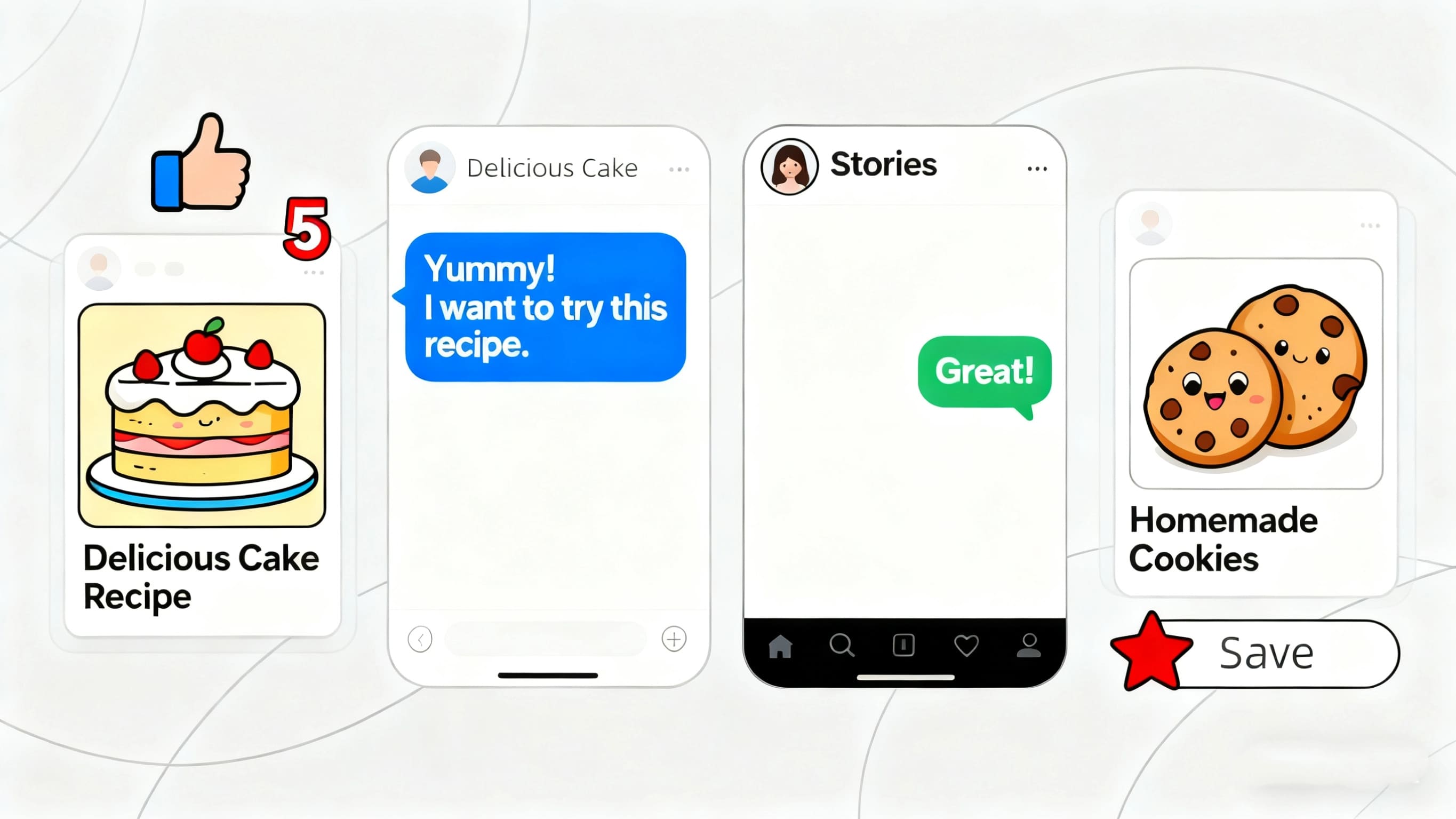
If you only follow one step from this list, make it this one. Instagram rewards accounts that actually act social. That means commenting, replying, and connecting; not just lurking.
Here's an example of a daily routine (just takes 10–20 minutes) that can help you with that:
- Like 5 posts from accounts you'd love to connect with. If you're into home baking, like recent posts from other bakers in your area.
- Comment on 2–3 posts with something real (skip the fire emojis). For example: "Love this recipe! I tried it with almond flour and it worked great."
- Reply to 1–2 Stories with a short note or reaction. Just a short "That café looks amazing—adding it to my must-visit list" would be enough to get you noticed.
- Save useful posts you genuinely want to revisit. Instagram treats saves like a big thumbs-up signal.
This mutual interaction approach is super-effective because your account gets linked with the communities you care about, so you're more likely to pop up in those circles. Also, real people (not just the algorithm) start recognizing your name and face.
Note: Don't spam-copy comments or drop generic "Nice pic" lines everywhere. That looks fake and can hurt your trustworthiness.
4 Use Your Existing Social Connections (Safely Expand Your Network)
Instagram loves linking you to people you already know,or people who know the people you know. It does that by using something called "social graphs," basically, maps of who knows who.

If you use that social web smartly (without oversharing), you can land in more suggestions without much extra work. Here's what to do:
- Sync contacts: If you trust your phone contacts, you can let Instagram match your phone contacts with users in Settings → Account → Contacts Syncing. Only do this if you're comfortable. If you'd rather keep things separate, skip it.
- Ask friends for a boost: A quick share can go a long way. For example, you can politely DM friends to share your post by texting them "Hey, I just posted my roundup of local dessert spots. If you think your foodie friends might like it, would you mind sharing? Thanks!"
- Engage with mutuals: If you notice a lot of overlap (your friend follows a coffee blogger, and you also love coffee), engage there. Instagram is more likely to connect you with that crowd.
5 Post Content People Save, Share, and Watch
If you want Instagram to recommend your profile, don't just post for likes. Focus on content people want to save for later, share with friends, or watch more than once. These actions tell the algorithm, "This post matters," and that signal rubs off on your profile. The tips below will come in handy in 2025:
- Focus on formats that perform: Right now, short, entertaining Reels and helpful, informative carousel posts (those slideshow-like images you swipe through) get the most reach and engagement. They're designed to keep people watching and learning.
- Make your posts save-worthy: Give people something useful or inspiring enough to keep. Think of quick tutorials, step-by-step guides, checklists, or inspiring ideas. For example: "3 Ways to Revive a Sad Houseplant" or "5 stretches to fix desk posture" in a carousel post.
- Add clear CTAs: Don't be shy. If you want saves, ask for them! Example caption: "Save this workout for your next gym day 💪" or "Send this to a friend who needs a quick dinner hack."
- Use relevant hashtags (3–6 is enough): Choose ones your target audience actually browses. Example: #EasyDesserts #BakingForBeginners, not just #Food.
Pro tip: Test formats and don't be afraid to try something new. If your audience saves more carousels than Reels, mix both but double down on what's working.
6 Avoid Risky Shortcuts (Safer Long-Term Growth)

You'll see plenty of shady ads promising "1,000 new followers overnight." Yes, it's tempting, but is it a smart idea? Not at all. Instagram's system is pretty good at spotting fake activity, and it can backfire hard. Below are some tactics you should avoid at all costs:
- Buying followers or likes: Most are bots or inactive accounts. They inflate numbers but kill your engagement rate.
- Automation services: Tools that auto-like, auto-comment, or auto-DM often break Instagram's rules. They violate Instagram's rules, and their comments are always generic and obvious (e.g., "Awesome post!"). This can get your account flagged or even banned.
- Guaranteed placement offers: These are almost always scams. No third party controls Instagram's recommendation system.
Fake engagement might look good for a day, but it can hurt your chances of ever being suggested—and undo all the good work you put in.
Instagram's algorithm is designed to reward genuine, human activity. When you focus on building real connections and posting quality content, your growth might be slower, but it will be sustainable.
How to Stop Instagram from Suggesting Your Account
Not everyone wants extra attention on Instagram. If you like to keep things low-key or maybe just don't want your boss stumbling across your karaoke videos, Instagram lets you take back control.
You have several tools to reduce your visibility and make your account harder to find. It mostly comes down to adjusting a few key settings. Here are three simple ways to stay off the suggestion radar.
1 Change Privacy & Connection Settings
The quickest way to stop being suggested is to cut down Instagram's automatic connections. Start by switching your account to Private: go to Instagram Settings → Account Privacy → Private Account and flip the toggle.
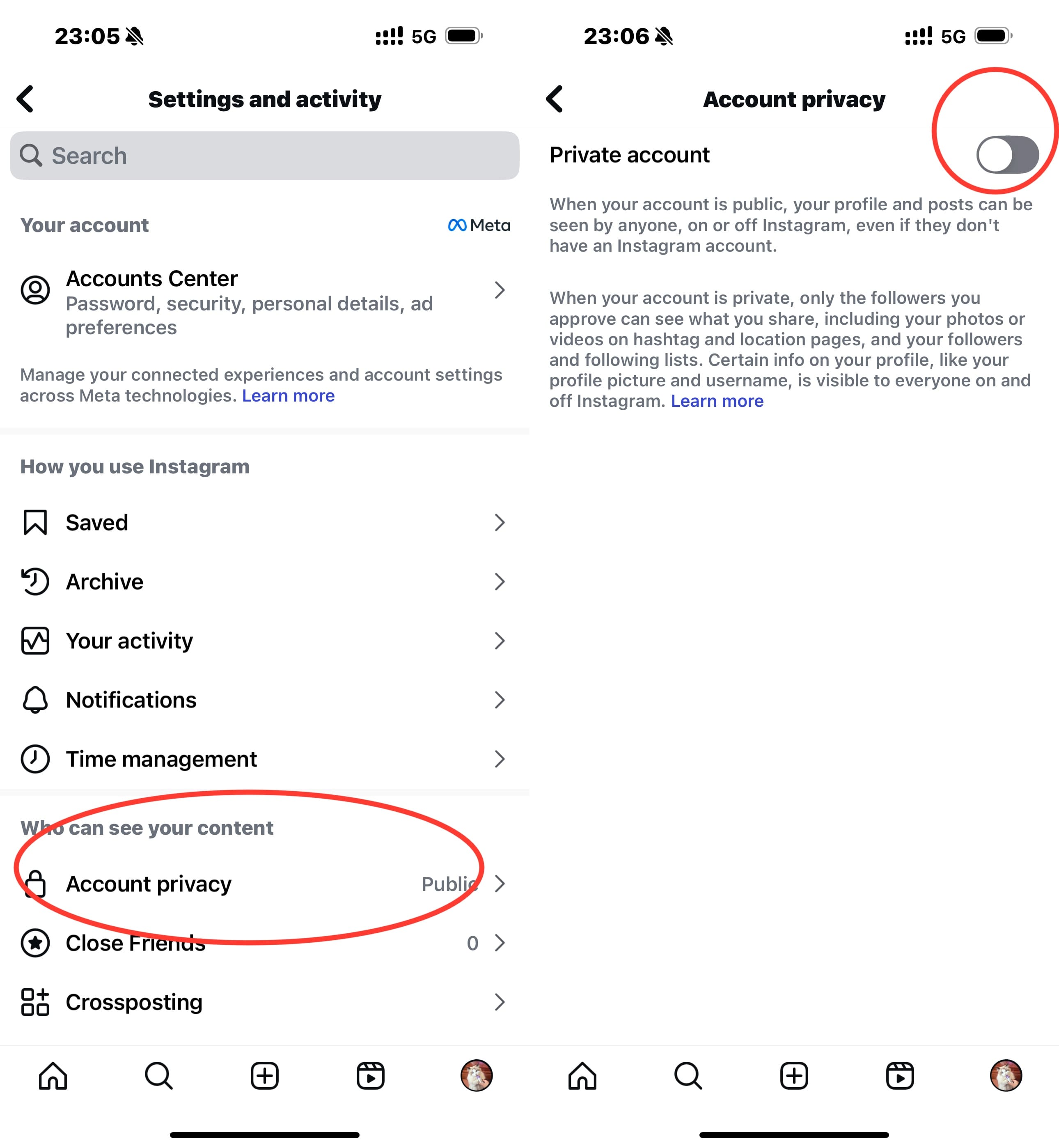
This ensures only approved followers see your posts. Next, turn off Contact Syncing.
- 1. Open Instagram → go to Settings and activity.
- 2. Use the search bar at the top and type "contacts."
- 3. Select Upload Contacts and toggle it off.
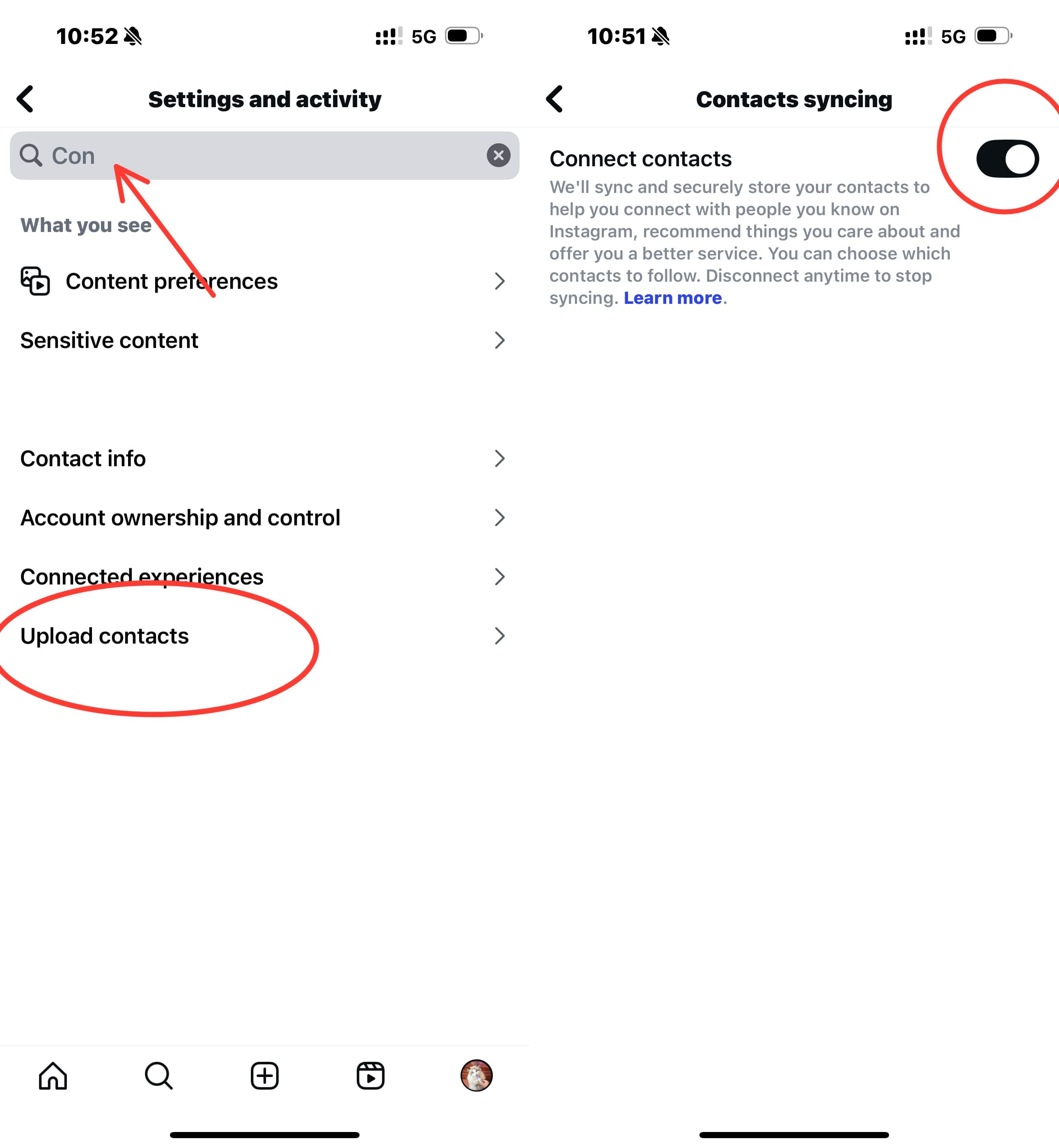
That stops Instagram from linking your profile to people who happen to have your number saved.
Finally, check your linked accounts. If you connected Facebook, WhatsApp, or other apps, disconnect them under Settings → Account Center → Sharing Across Profiles.
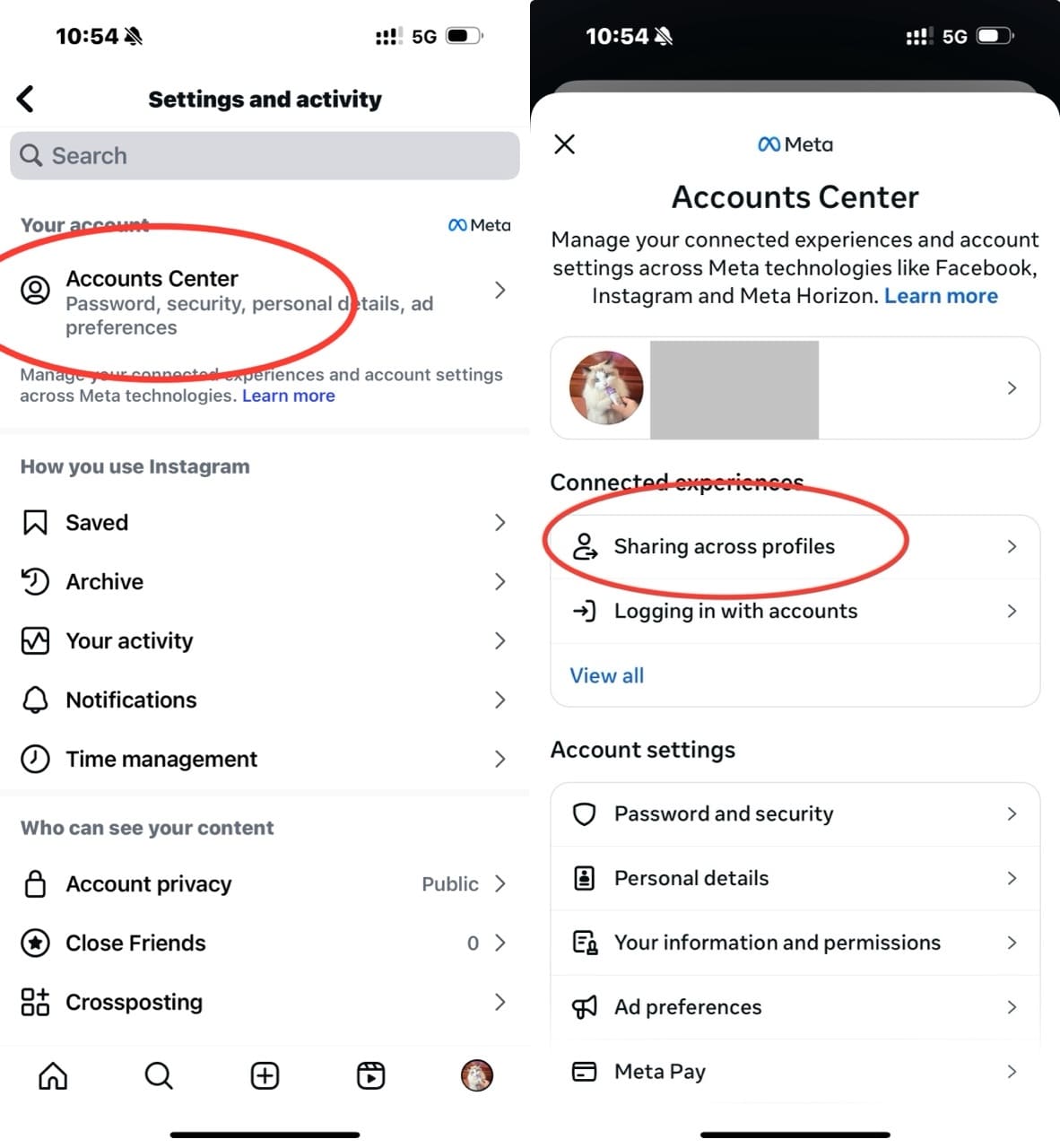
These steps reduce the obvious links Instagram uses to recommend you. After changing these settings, you'll be harder to find, even for people you may want to connect with you.
2 Reduce Discoverability Signals
Apart from tweaking privacy settings, you can also trim down signals that make you easy to find. Here's what that means:
- Edit your name field: If you use "Anna Baking" or "John Photographer," swap it for something neutral, or even completely random.
- Simplify your bio: Skip keywords, phone numbers, or email addresses if you don't want to appear in search results.
- Limit cross-platform links: Avoid adding your Instagram handle on TikTok, Twitter, or LinkedIn if you're trying to stay low-profile.
The less data Instagram has to connect you with networks and interests, the less likely you'll appear in "People You May Know."
3 Manage Followers & Interactions
Even if your profile is private, your activity can still influence Instagram's suggestion system. For example, if you constantly comment on a stranger's posts, that creates a signal connecting your two accounts.
To stay off the radar, limit interactions with people you don't know. Stick to likes, comments, and Story replies within your circle. You can also clean up your follower list: go to your followers, tap the three dots next to someone's name, and choose Remove Follower if you don't want them in your network.

For accounts you actively want to avoid, use Block (Profile → Three dots → Block). If a suggestion keeps popping up that you'd rather not see, you can also press "X" next to their name in the Suggestions tab to dismiss them.
Prevent Children from Being Recommended to Undesirable Users
For parents, Instagram's suggestion feature can feel less like a convenience and more like a concern.While the app can connect kids with friends and classmates, it can also expose them to strangers you'd rather they avoid.
Thankfully, a few simple adjustments to their account settings can create a safer, more manageable space for your child to explore. Below are a few steps parents can take directly in the app—plus how a parental control tool like AirDroid can add an extra layer of safety.
1 Simple Account-Level Steps Parents Can Do Now
Start with the basics directly within Instagram. First and foremost, set the account to private. This is the most important step.
Go into your child's Instagram Settings > Account Privacy > Private Account and toggle it on. This ensures only approved followers can see their content, drastically reducing their visibility in suggestions.
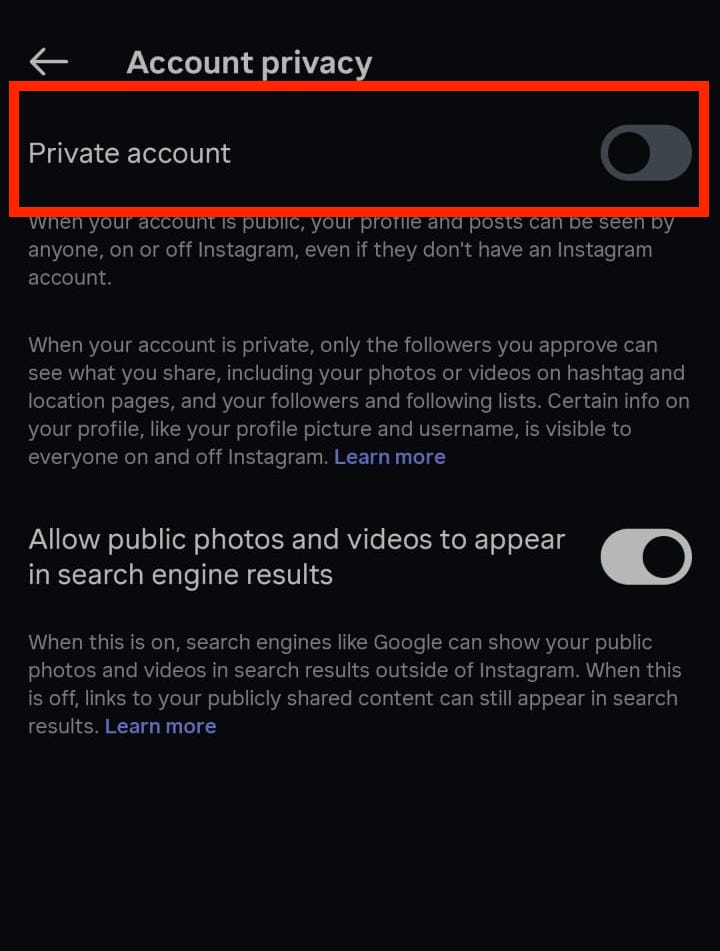
Next, disable contact syncing as discussed earlier to prevent the app from recommending your child to people in their phonebook (and vice versa). Remove any personal contact info like their phone number or email from their profile bio.
Finally, sit down with your child and review how to use Instagram's built-in Restricted and Block features for any unwanted interactions. These steps build a essential first layer of protection.
2 How AirDroid Can Help
While Instagram's settings are a great start, they can't monitor everything. The worry usually sets in at night: Who messaged my child today? Are strangers trying to connect with them?
This is exactly where AirDroid Parental Control helps. It gives parents more visibility and tools to guide kids safely through social media, without taking away their independence.
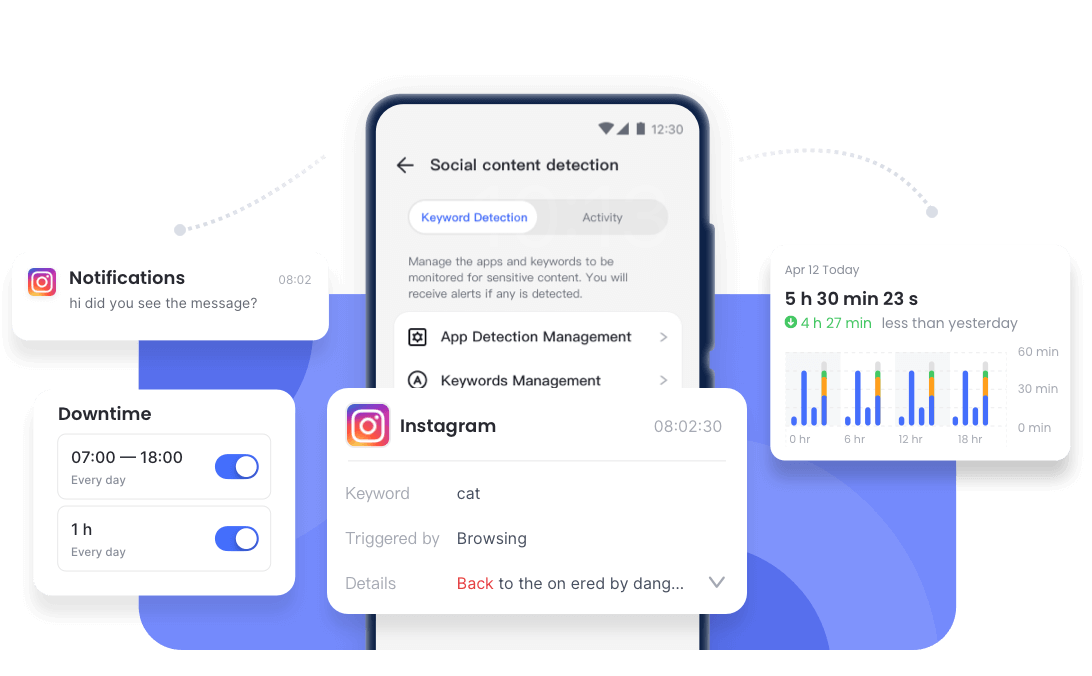
Airdroid Parental Control gives you comprehensive features that work alongside Instagram's native settings, so you can:
- Get instant Notifications when your child gets a new follower or message from someone you don't know, so you can step in before things get risky.
- Set screen time schedules that automatically lock Instagram after bedtime or study hours.
- Monitor app usage to see how much time is going into Instagram compared to other apps, making it easier to encourage balance.
- Remotely manage installed apps, so your child can't download unvetted social apps without you knowing.
Conclusion
Instagram can be a lot of fun, but it also changes fast. New features come out, and with them, new risks. That's why it helps to check settings often, talk with your kids about how they use the app, and use tools that give you a clear view of what's going on.
The goal isn't to keep kids off Instagram. It's to make sure they can enjoy it while parents know they're safe. Using Instagram's built-in features, combined with more advanced tools like AirDroid Parental Control, creates a safer space for kids to learn and connect.



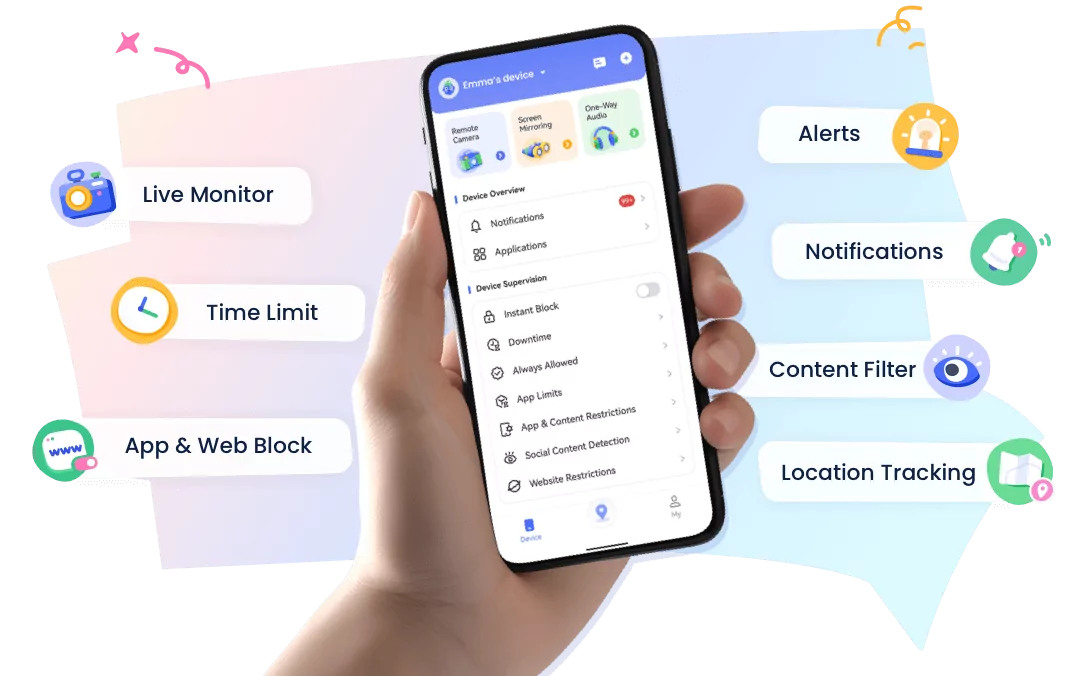





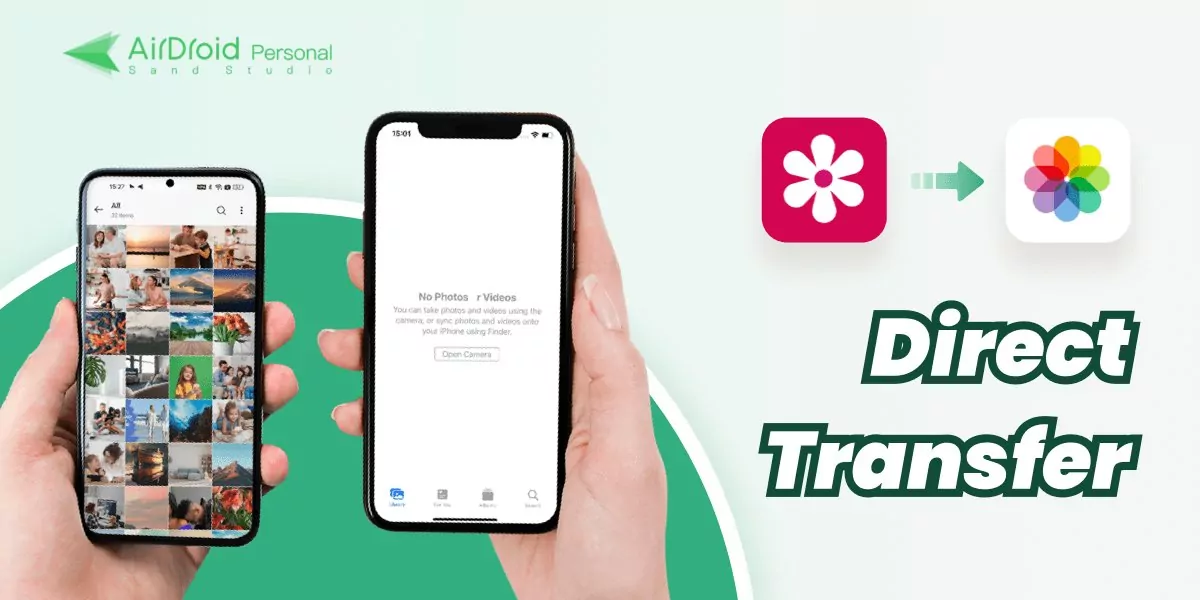

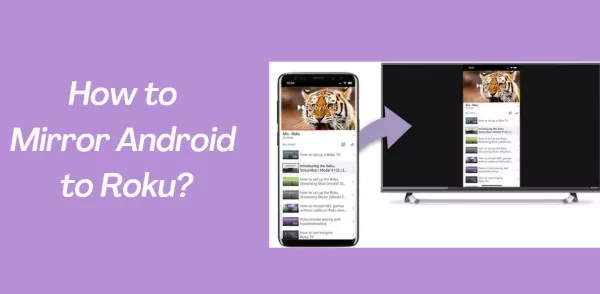

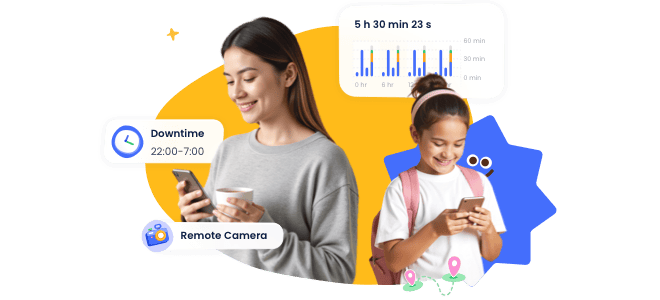

Leave a Reply.